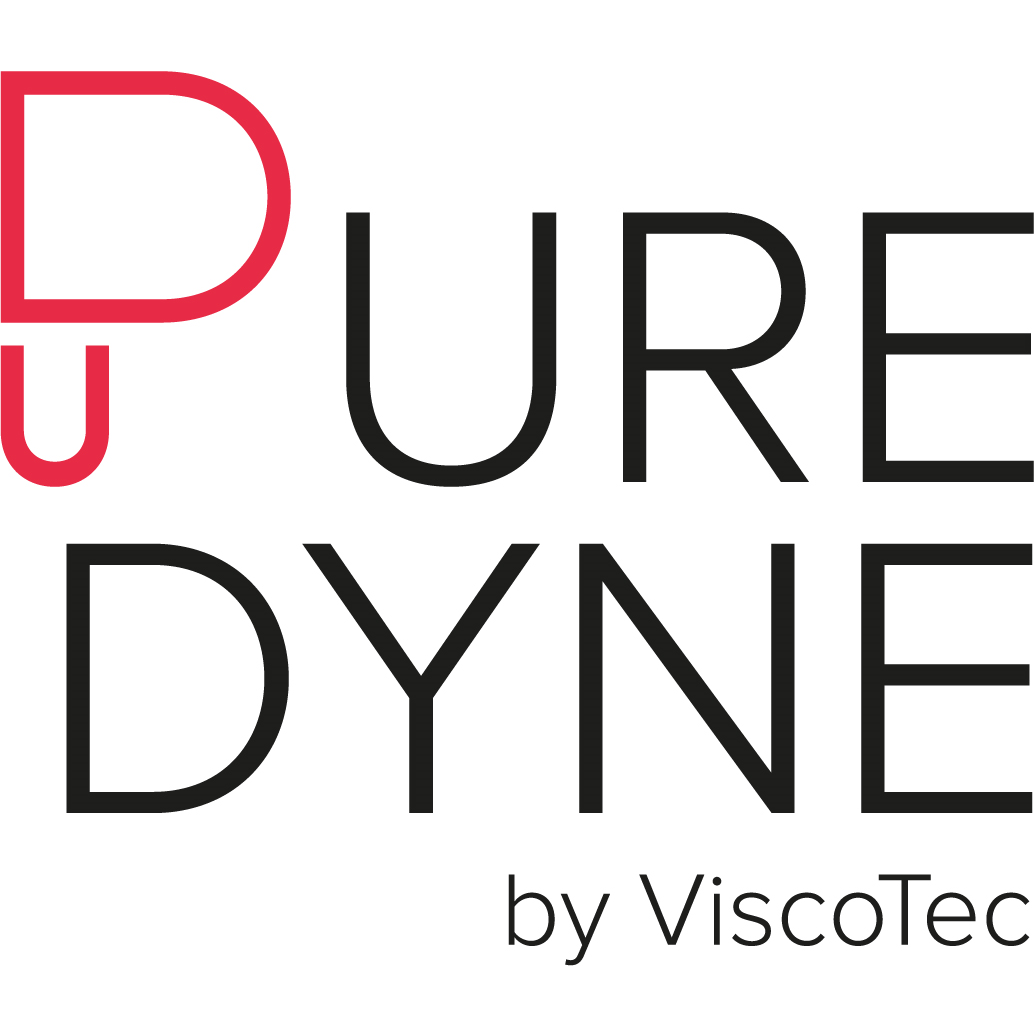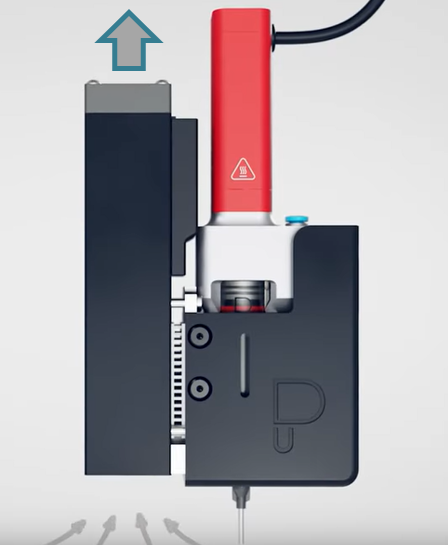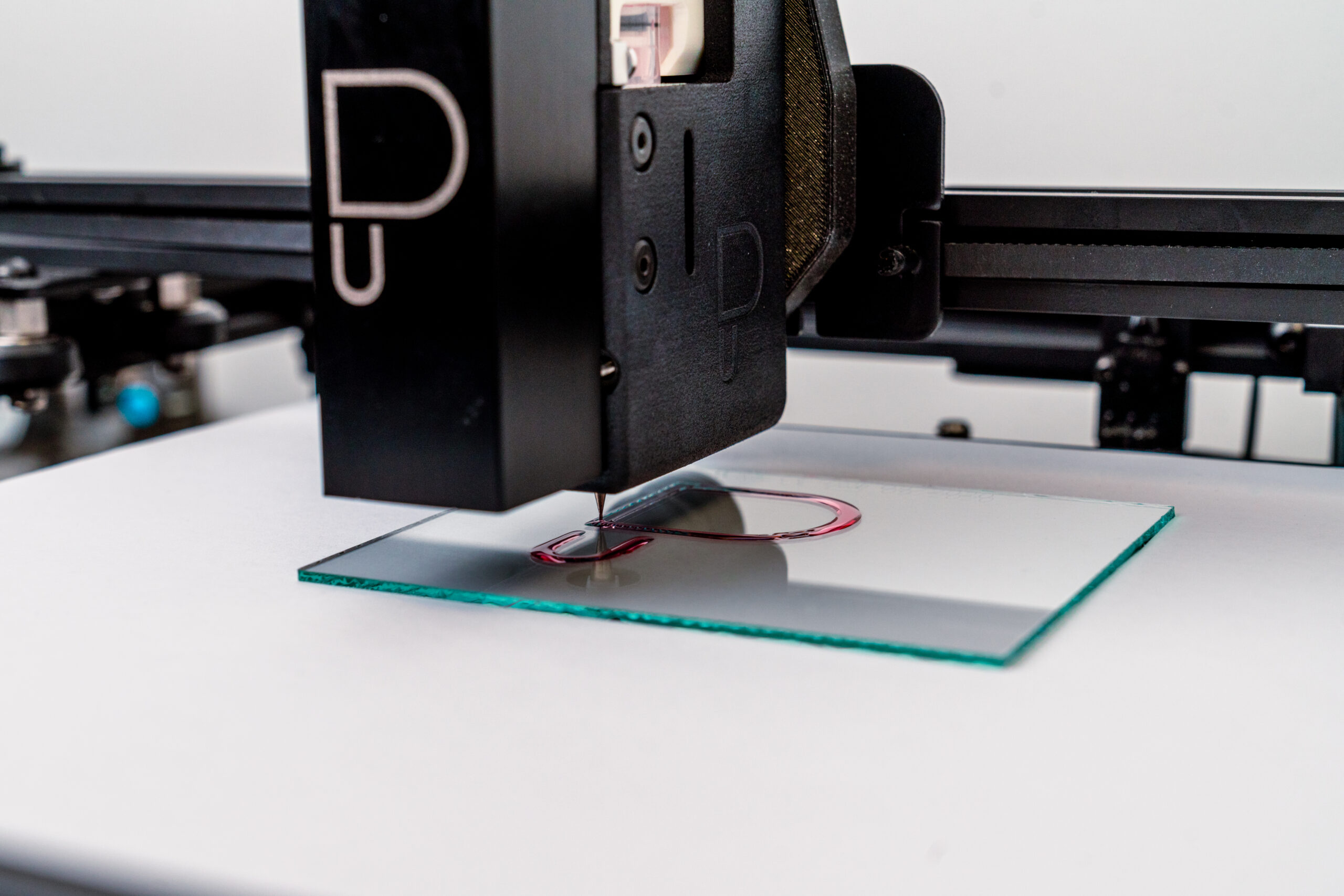Motivation
Operators working in bioprinting are faced with major challenges in manufacturing processes during extrusion-based processing of biological and cell-loaded materials.
Puredyne® – the brand for bioprinting launched by ViscoTec last year – solves this problem and guarantees that the material will be dosed with high accuracy using the printhead developed by the company itself. Now the engineers are taking the next step and expanding the printheads with a recently developed heating and cooling unit called the temperature control b5, which will enable operators to check thermal conditions. This text explains how the device works and its potential areas of application.
How it works
A Peltier element is used to achieve the desired temperature. It utilizes the Peltier effect, as the name would suggest: When voltage is applied, there is a temperature difference between the two sides of the Peltier element. This effect can be switched using reverse polarity, enabling cooling and heating. The temperature range can be adjusted between 4 and 40°C. An aluminum sleeve in the Puredyne cap transmits the temperature to the plastic and to the material.
The Peltier only generates a temperature difference, meaning that the temperature has to be balanced with the surroundings on the other side of the element. This is achieved using a fan, which draws in ambient air using a square tube with ribs made of aluminum.
The unit is actuated either directly using the bioprinter or using the optional control unit. This sets the desired temperature, and the temperature is reached using a PID controller.
Materials
The bioprinting field uses many materials that require precise temperature control. Here, we present three types:
- Cell-loaded materials
A constant temperature that can be set precisely is crucial for cells to have a maximum survival rate.
- Pluronic
The material has a low viscosity at low temperatures. The desired flowability is achieved using a defined temperature setting.
- Gelatin
In bioprinting, it is one of the standard materials and is very sensitive to temperature. Low temperatures reduce the flowability, resulting in clumping. Too high of temperatures make the consistency very fluid, and prevent a layer from being formed. Good, repeatable results are only possible if the temperature control is correct. The video demonstrates the manufacturing process with 8% gelatin and a temperature of 33°C.
Summary
The temperature control b5 is another tool in the Puredyne product portfolio that significantly increases the number of biomaterials that can be processed. Its intuitive and a quick integration makes it easy to use. Therefore, operators using the temperature control b5 are taking an important step in dosing biological materials with a reliable process and in a precise and reproducible manner.
The Puredyne team would be happy to answer any questions regarding implementation and application possibilities.


